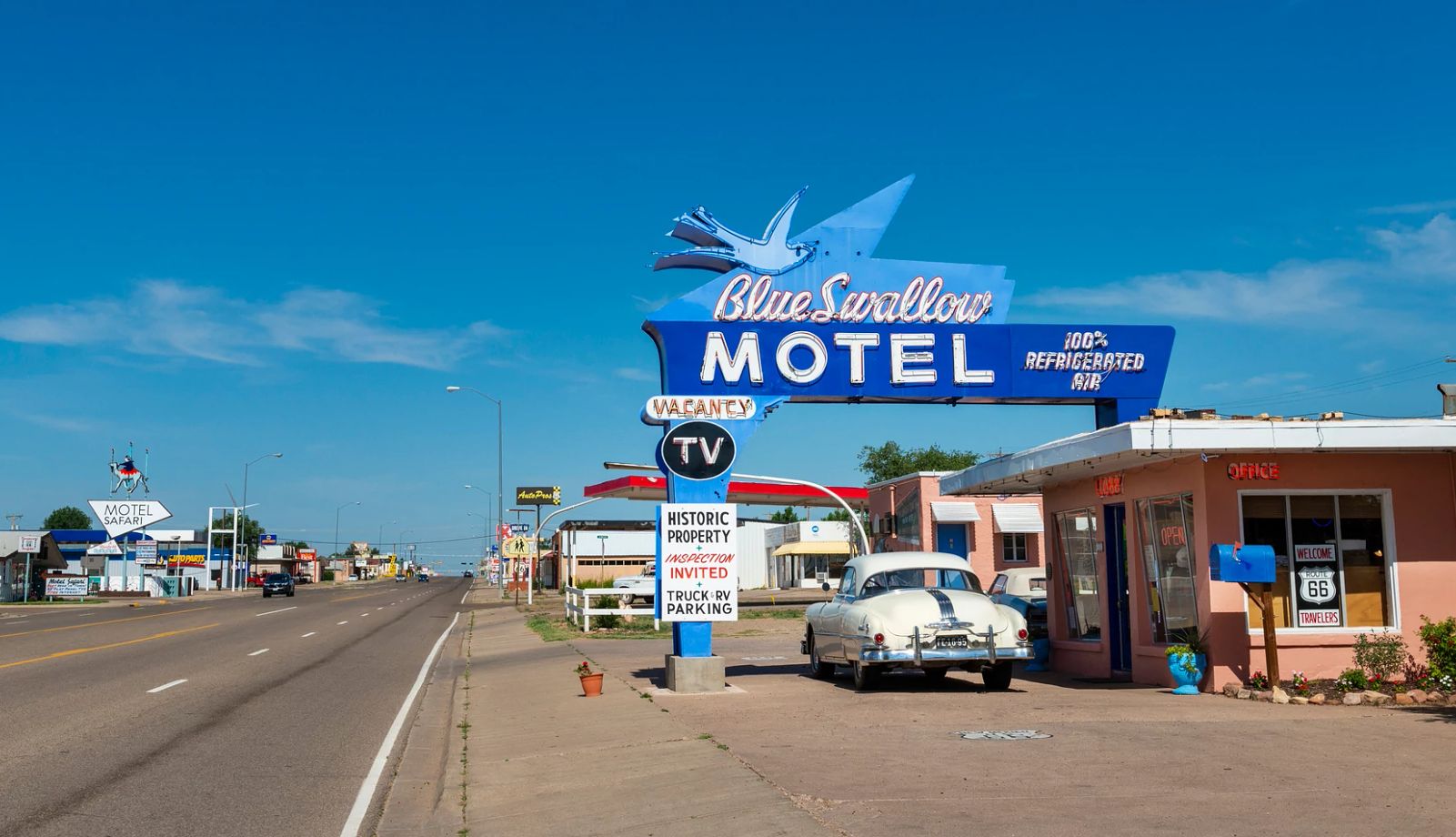AARP Eye Center
- right_container
- Health
- Money
- Work & Jobs
- Advocacy
- Social Security
- Medicare
- Caregiving
- Games
- Travel
- More...
Joshua Tree National Park

The Joshua Tree National Natural Landmark was designated by the Secretary of the Interior on October 1966. Located on the western slopes of the Beaver Dam Mountains, this National Natural Landmark is now within the boundaries of the newly-designated Beaver Dam Wash National Conservation Area.
Natural Landmark status was given to this area because of the Mojave Desert Joshua Tree vegetation association. The most dominant and dramatic of the plants in this association is the Joshua Tree (Yucca breviflora). At 1,015 acres, the Natural Landmark is but a small portion of the several thousand acre Joshua Tree forest. It is the only Joshua Tree forest in Utah and the northernmost significant stand of tree yuccas in the United States (some smaller, insignificant stands occur in Nevada near Tonopah and the Pahranagat Mountains).
Other plants in the Joshua Tree vegetation association reaching their northern edge here include the Utah Agave (Agave utahensis), Barrel Cactus (Echinocactus wislizenii), and Johnson's Fishhook Cactus (Echinomastus johnsonii).
The Joshua Tree forest also provides habitat for many animal species, including Gambel's quail, kit fox, Gila monsters, and the threatened Mojave Desert tortoise, that are well adapted to the hot, arid conditions of the Mojave Desert.
AARP Events for Longmeadow
-
Featured Event
Discount for Tower Hill Night Lights
Wednesday, Dec 31, 2025 at 4:00 p.m. ET
New England Botanic Garden at Tower Hill
Boylston, MA
-
Featured Event
Less Mess, Less Stress: Decluttering
Tuesday, Jan 6, 2026 at 12:00 p.m. ET
Zoom
Online Event
-
Featured Event
Introduction to Volunteering
Wednesday, Jan 7, 2026 at 12:00 p.m. ET
Online Event

































































